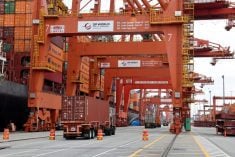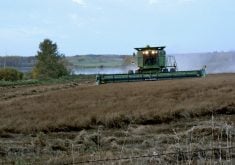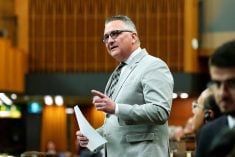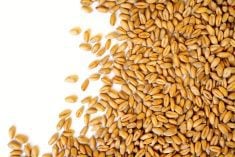BUENOS AIRES, Argentina (Reuters) — Argentine soybean planting area is expected to shrink by up to four percent this year as farmers use more land to produce corn, analysts said, citing the government’s elimination of corn export taxes.
Argentina is the world’s No. 3 corn and soybean supplier.
Growers around the Pampas farmbelt will start seeding both crops next month, at the start of the Southern Hemisphere spring.
It will be the first full planting season under president Mauricio Macri, who ditched the 20 percent tax that had been placed on corn exports soon after taking office in December.
Read Also
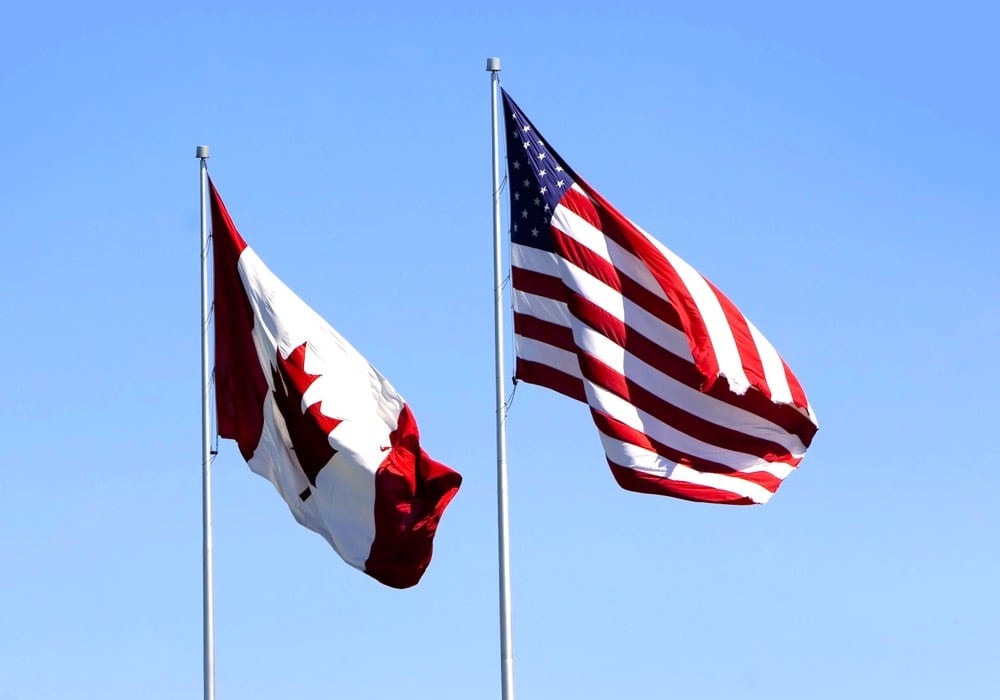
Canadian trade data delayed by U.S. government shutdown
Canadian international trade data for September will be delayed indefinitely due to the ongoing partial shutdown of the United States government, Statistics Canada said Friday, Oct. 24.
The expected increase in corn seeding will have an almost equal and opposite effect on soybean cultivation, said Rodolfo Rossi, president of the Acsoja soy industry chamber.
“The impact will be direct. There will be more corn planting in areas that would otherwise been used for soy,” he said.
Acsoja forecasts soybean area will drop 2.5 percent to 48 million acres in the 2016-17 season.
While corn is no longer subject to export taxes, international soy shipments still face a levy of 30 percent.
Macri cut the tax by five percentage points in December and promises to keep cutting it by five percentage points per year.
“Soy still has its back against the wall in terms of export taxes,” Rossi said.
Corn area is forecast to increase 25 percent to 11 million acres, according to the Buenos Aires Grains Exchange.
Gustavo Lopez, head of the Agritrend consultancy, told Reuters that soy area could fall to as low at 47.7 million acres, which would be a four percent drop.
Consultancy Agripac has forecast 2016-17 soy planting area at 48 to 49.5 million acres, down from 49.9 million in 2015-16.




